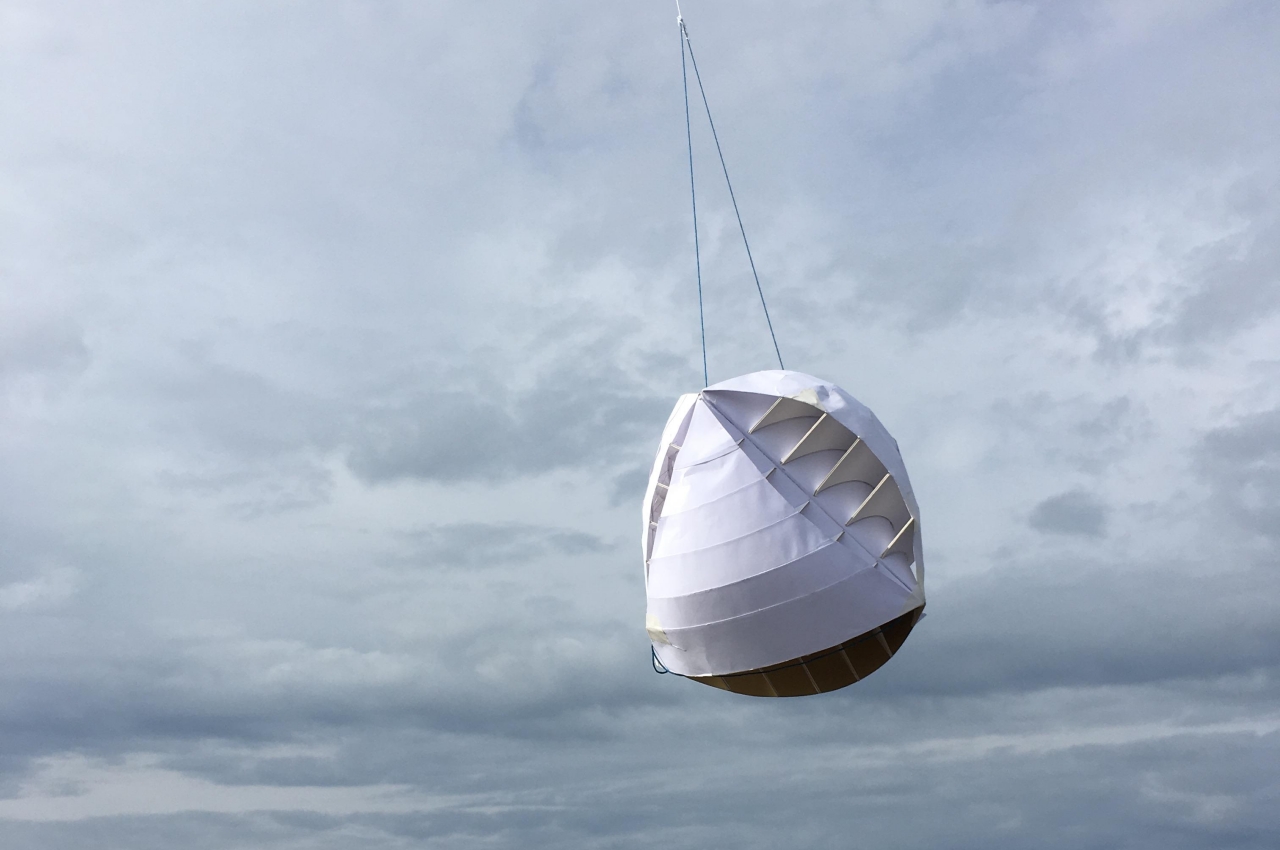
Our unhealthy practices and way of living are truly harmful to the environment and have been slowly leading to its deterioration. And the world has been changing (for the worse) because of this. Hence, it is extremely important to live sustainably and consciously and to take care of the environment. Integrating sustainability into our day-to-day lives has become crucial! And we can do this in various ways. Designers and creators are coming up with eco-friendly alternatives for almost everything! Every product that is necessary and utilized by us in our everyday routine has an eco-friendly alternative to it. Replacing our usual mass-produced designs with these greener options will make a huge difference to the environment and Mother Earth! From a bamboo cooling device that combats climate change to products powered by solar energy – we’ve curated a whole collection of sustainable + eco-friendly product designs to help you go green!
1. Cork-based products
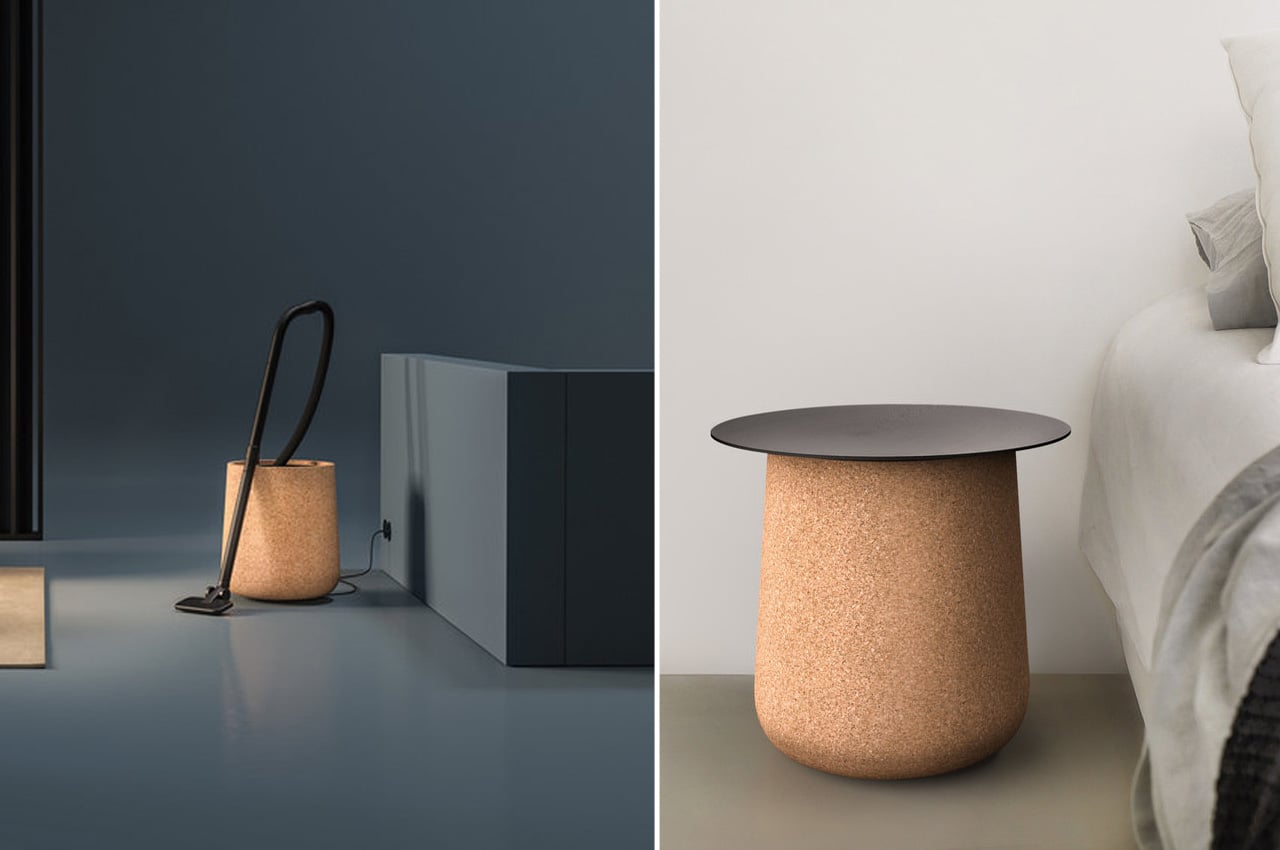
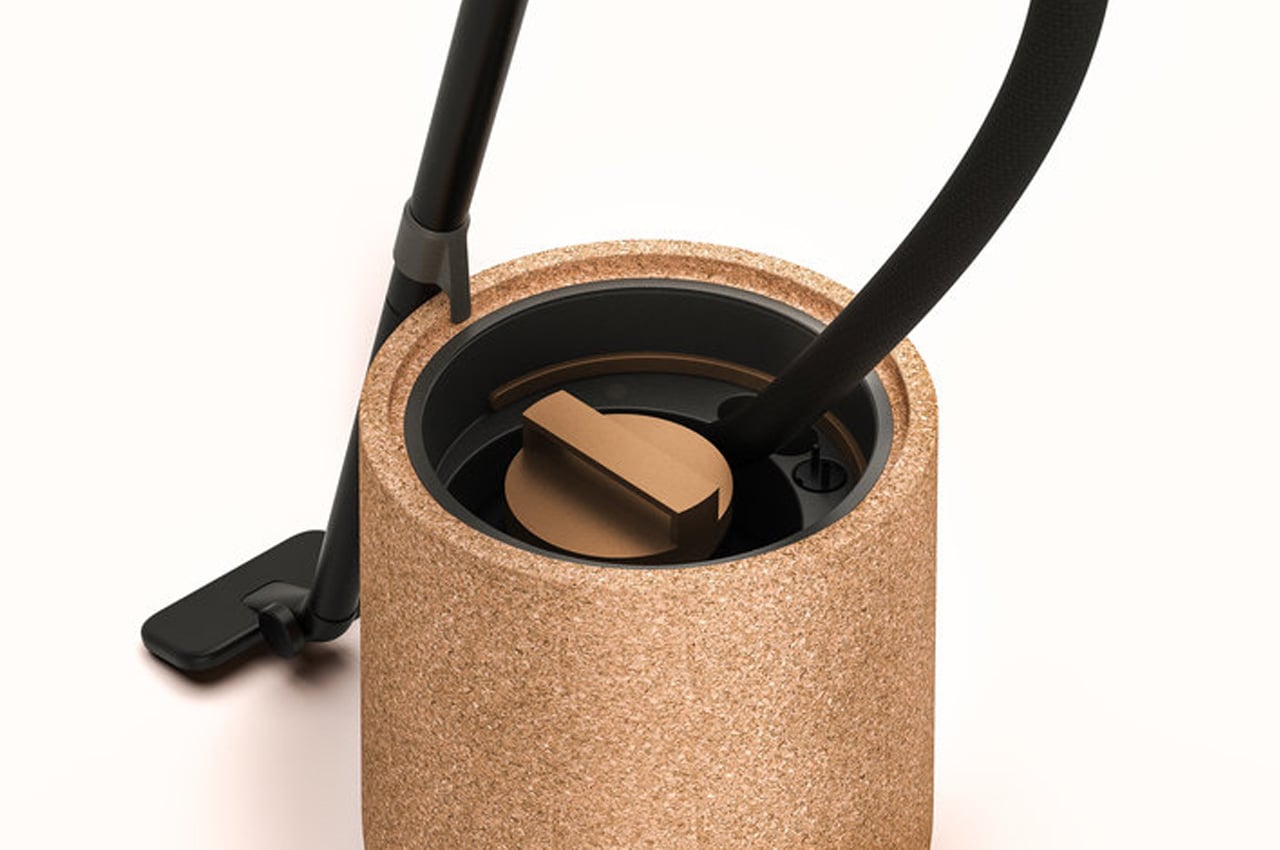
Cork has been gaining some real momentum and recognition in the design world (though it is being used for more than 5000 years), and it deserves every bit of it. It is biodegradable, sustainable, and not to mention super versatile. It’s an amazing sustainable alternative that drastically reduces plastic consumption. You can create almost anything from cork – whether furniture or headphones!
This intriguing concept for a vacuum cleaner is not only multipurpose in design, it is also sustainable in construction. The storage section of the vac is made from cork, which is biodegradable and has a warm ambiance to it. The vacuum pipes and other parts are designed in a manner to be stored within the cork shell that then neatly covers using a lid. The possibility of concealing the entire appliance from sight saves valuable space at home and leaves the vacuum to still be used in the open with a different purpose.
2. Sustainable Kitchen Appliances
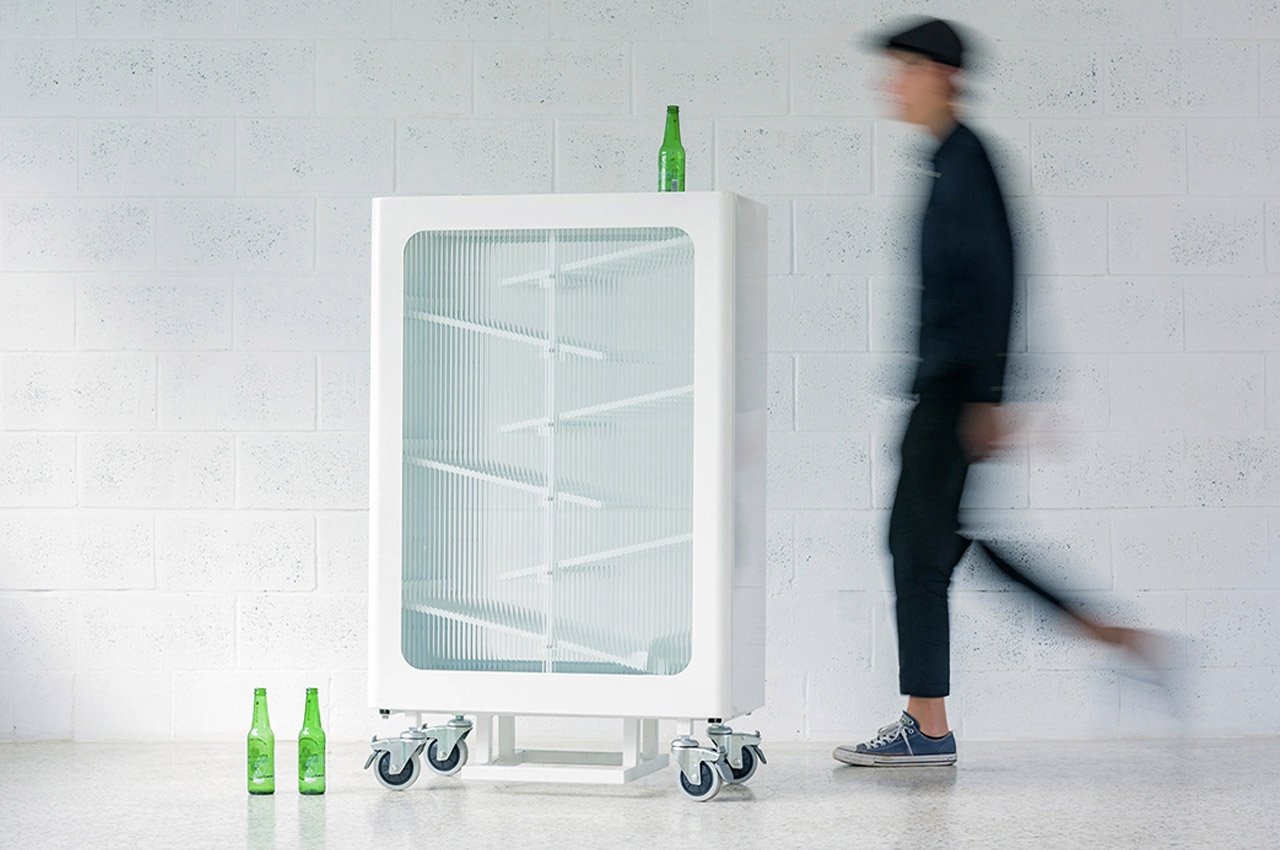
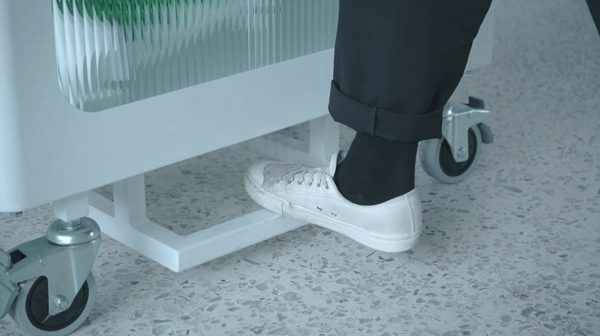
It’s extremely important that we integrate sustainability into every aspect of our lives! And, our kitchen shouldn’t be an exception. Sustainability is now being extended to products and appliances in the kitchen as well! From a glass recycling bin that is interactive and educational to a food appliance that helps you grow your own meat – the list of kitchen equipment that is eco-friendly is growing by the day. It’s time to go green in our kitchens as well!
The Guangjing glass recycling station was designed to be an interactive product that played on the meaningful habit of recycling as well as the circular economy. The project aims to achieve an infinite circulation of glass and allows the public to participate in it which not only educates them but helps them associate the good habit with a positive emotion rather than as a chore. It uses the texture and reflectivity of glass as a material to create a two-way interaction between people and recycling – is not only a recycle bin but an aesthetic and educational public installation. The recycling station can be set up anywhere – it would be a great sustainable and eco-friendly addition to your kitchen!
3. Bamboo Products
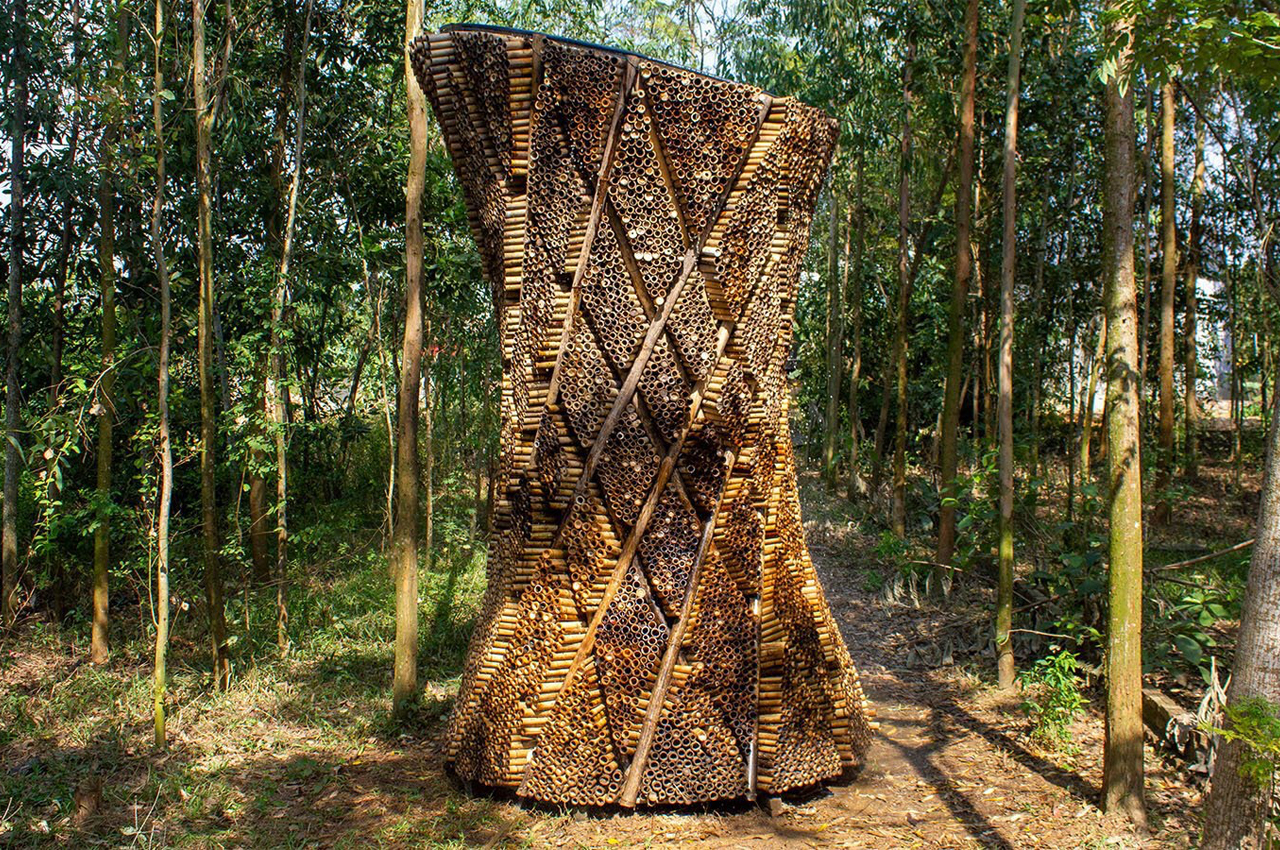
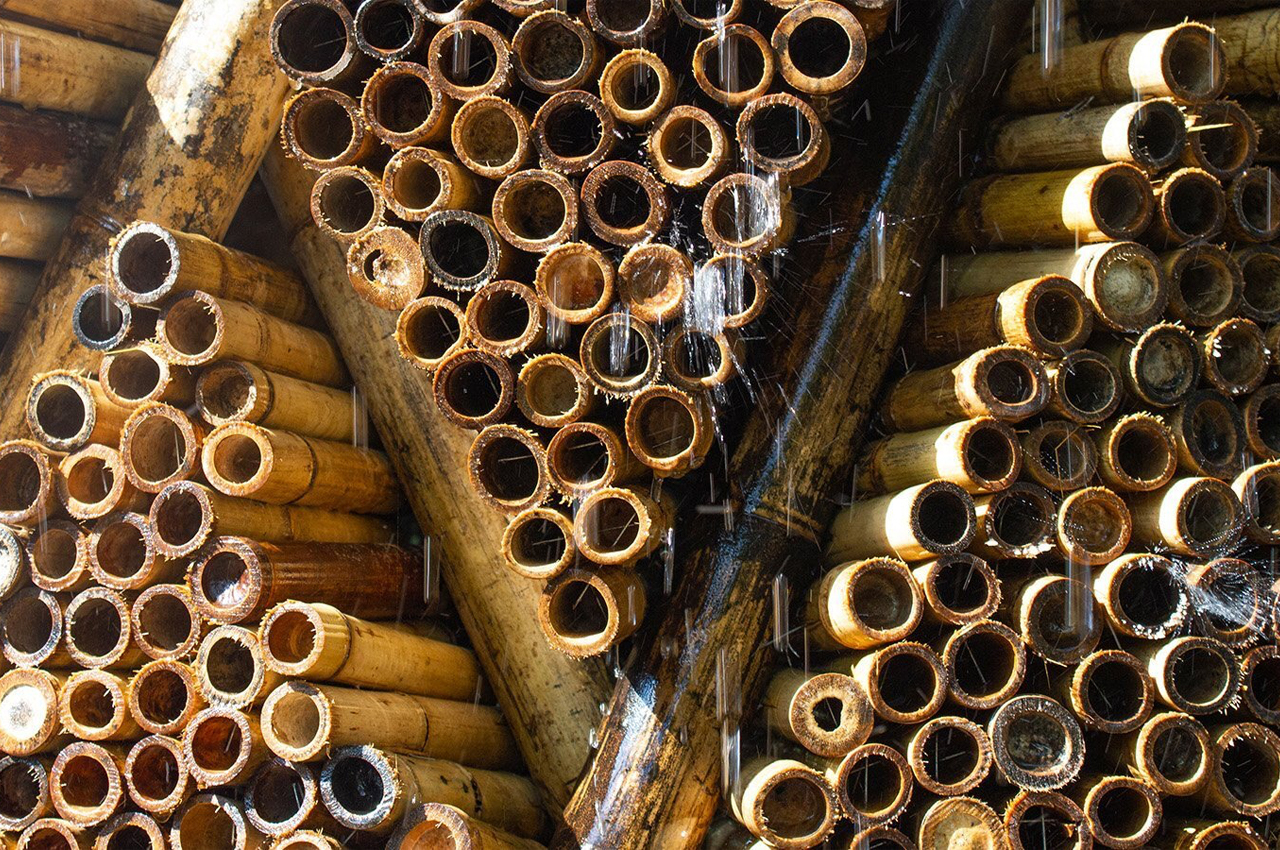
Bamboo is turning out to be one of the most popular materials being used by designers today. It’s an easy-to-use and sustainable material that creates products that are eco-friendly, renewable, and non-harmful to the planet. Not to mention, it’s also super strong – even stronger than steel! The tensile strength of steel is 23,000 PSI, while the tensile strength of bamboo is 28,000 PSI. How cool is that?
Following cues from the Seoul Architecture and Urbanism Biennale 2021 “building the resilient city,” French multi-disciplinary firm AREP designed an alternative, energy-efficient cooling device for a sustainable, low-tech, and affordable solution to combatting the climate crisis. Forming a hyperboloid shape for structural stability, the cooling device stands as a bamboo tower that naturally cools air through the adiabatic principle by using, “the natural freshness of water.” Explaining the cooling process, architects behind the bamboo tower describe, “To evaporate, water needs energy, which is ‘absorbed’ from the heat of the ambient air, thus generating the cooling effect.” More simply, the firm reasons that the process can be compared to moving closer to an open-air pool on a summer day–the closer you get, the cooler the air feels.
4. Sustainable Automotives
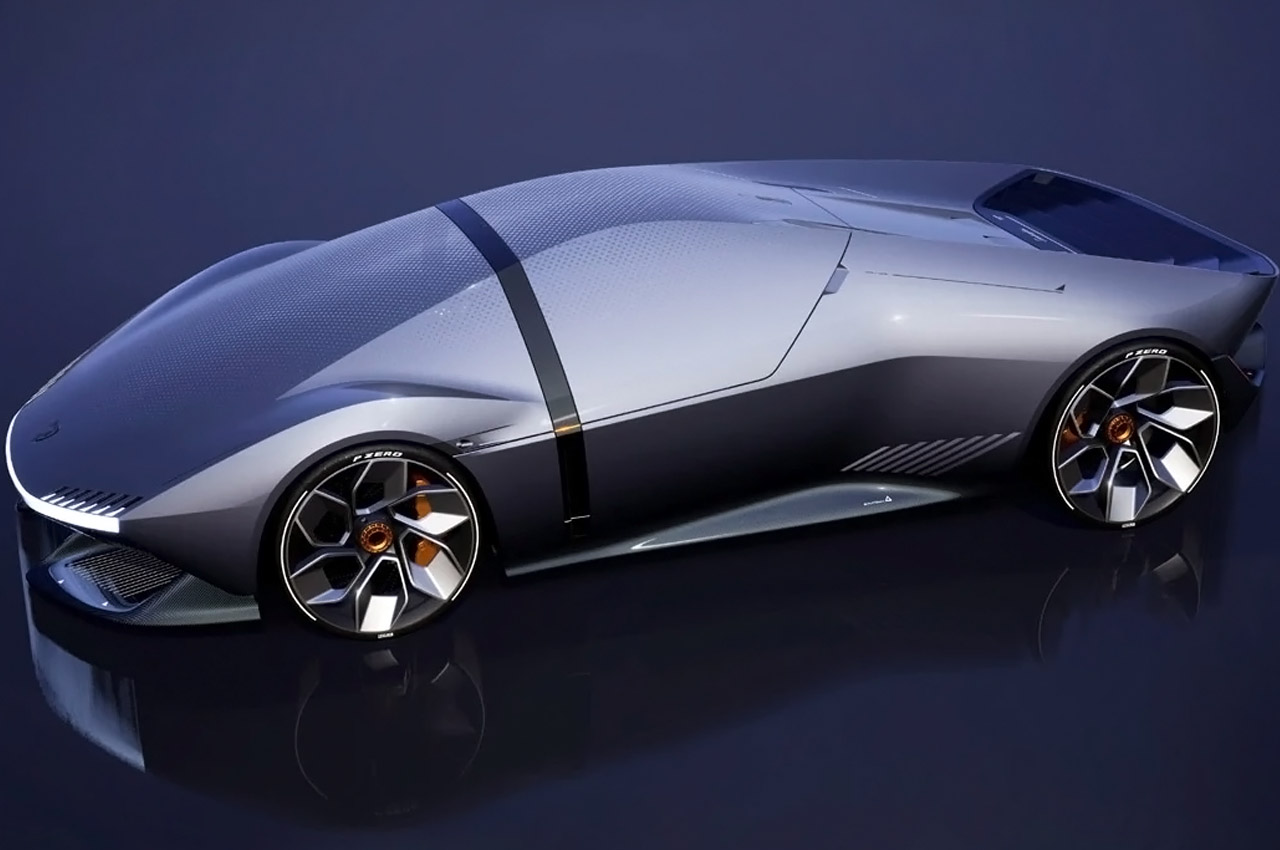
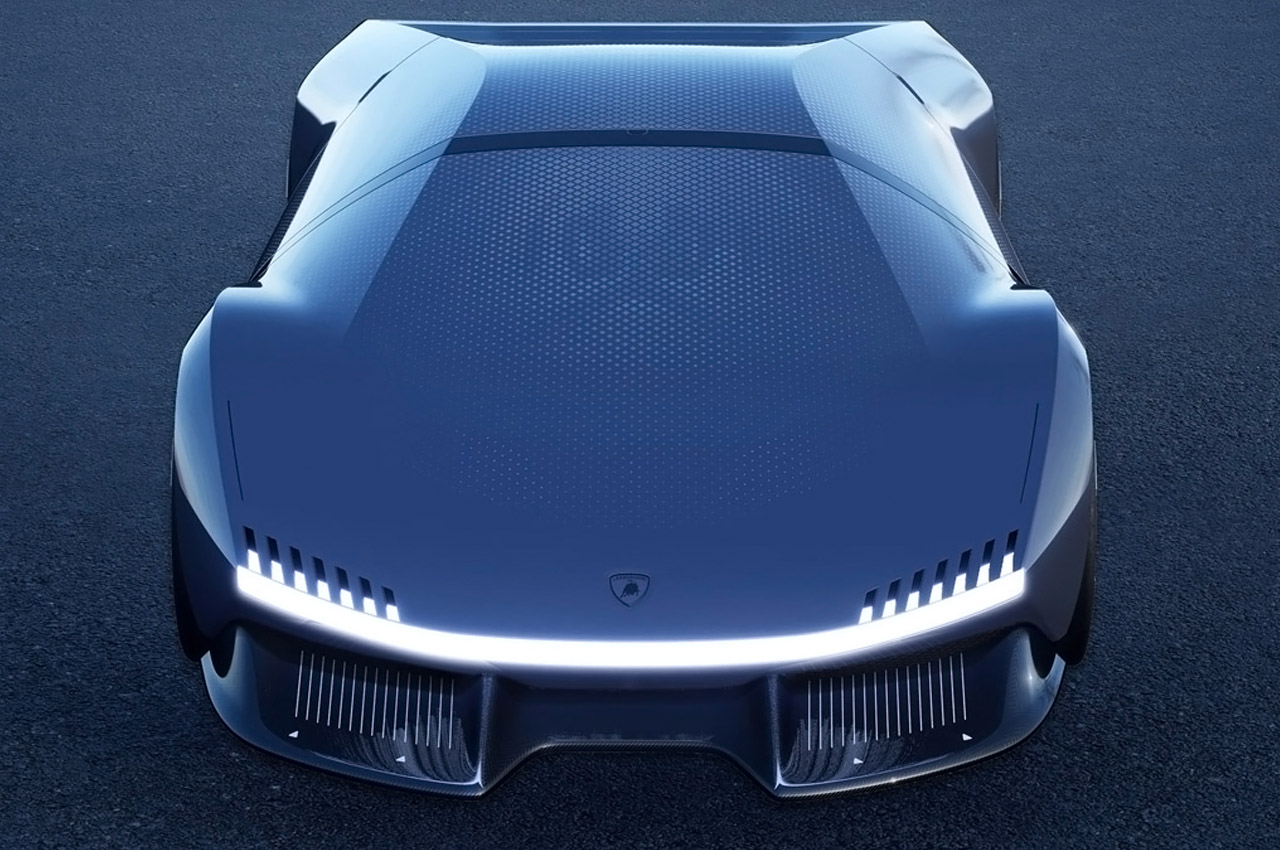
We’ve been seeing an influx of some cutthroat and drool-worthy automotive designs at Yanko Design. But a genre that really and truly piqued my interest was – sustainable and eco-friendly automotives! In a world, where the pandemic transformed our way of life and truly instilled the importance of living consciously and carefully within us, it’s time that we apply the same principles to Automotives. In fact, half of the world’s air pollution comes from passenger vehicles!
This sports car will be a fully electric vehicle with the battery pack right in the middle of the chassis under the interior cabin, and to keep the overall weight down a carbon fiber frame is used. On the inside, this electric Lamborghini gets the single-seater configuration – just like the ones on the fighter jet planes or racing prototypes. The steering on this concept gets a futuristic vibe with its dynamic shape, and the HUD is integrated right behind it. The paddle shifters look so inviting – I virtually want to try them out. To charge up the powerful ride, all one has to do is plug in the charging hose into the retracting portal located at this Lamborghini concept’s front left-hand side – just behind the front wheel. Like some other concepts or even prototype vehicles having an all-glass windshield that runs to the rear, this one has a body-colored perforated film. How that’s going to affect the visibility is anybody’s guess.
5. Sustainable Furniture
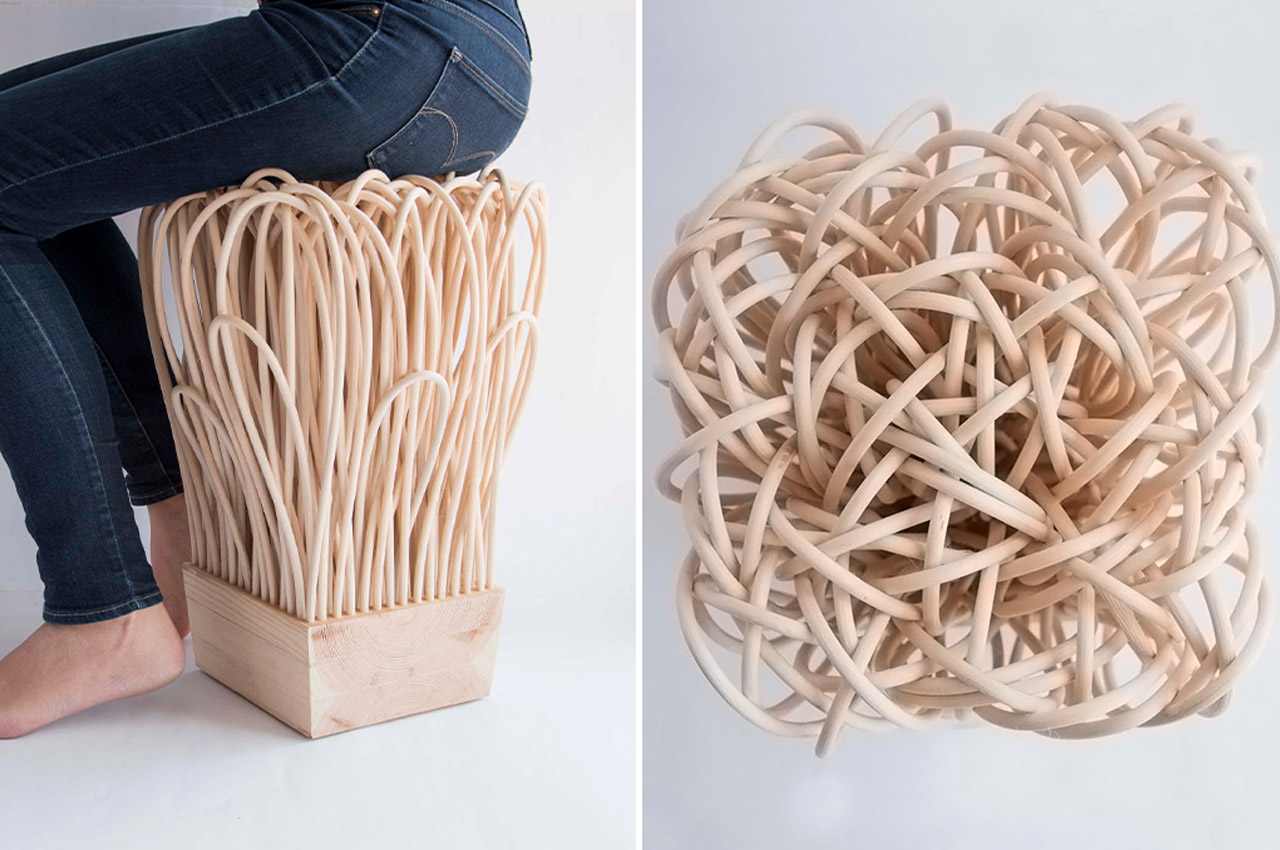
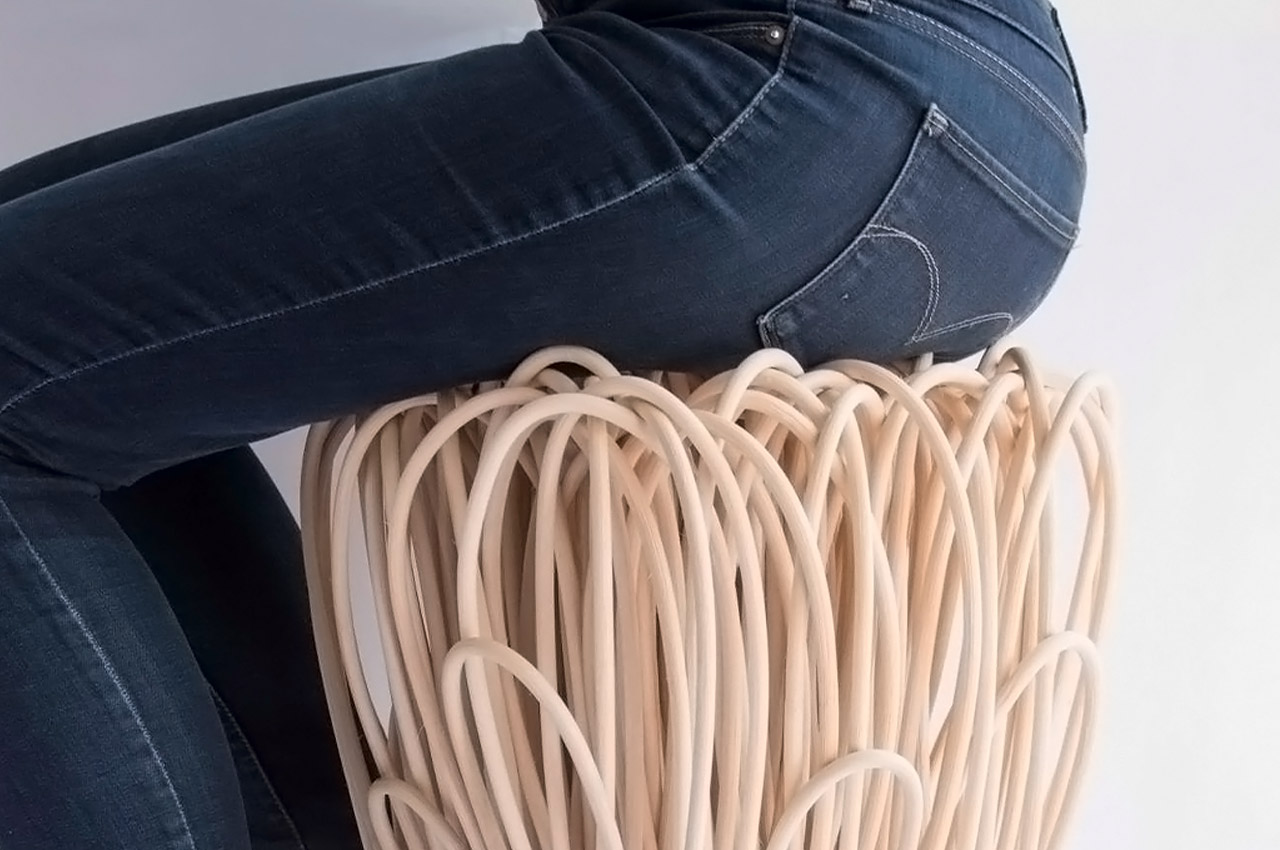
2020 was a life-altering and drastic year, and 2022 is our chance to redeem all our careless mistakes of the past and to start living more consciously and sustainably. We cannot ignore the needs of our planet anymore, we need to take the environment into consideration, and what better way to start doing that than from our own homes? Sustainable furniture is taking the design industry by storm, they’re a step towards making our homes and our daily lives more eco-friendly and sustainable. They’re an attempt to cast aside toxic materials, and instead, add furniture designs to our home that won’t rot away on Earth for years once we’re done with them.
Rattan is an eco-friendly natural material that is usually used in the creation of baskets or furniture, especially chairs. It is sustainable and resilient which makes it an exceptional wood that renews in just 5-7 years. Designers love rattan for creating furniture because the manufacturing is low-tech and the production process usually involves crafting by hand or using facilities that do not negatively impact the environment. Rattan is also an easy material to mold physically and creatively to fit your idea, it accepts paints and it can be worked into many styles. Moreover, the inner core can be separated and worked into wicker – talk about reducing waste! This stool explores the malleability of rattan as a material in furniture design.
6. Mushroom-based designs
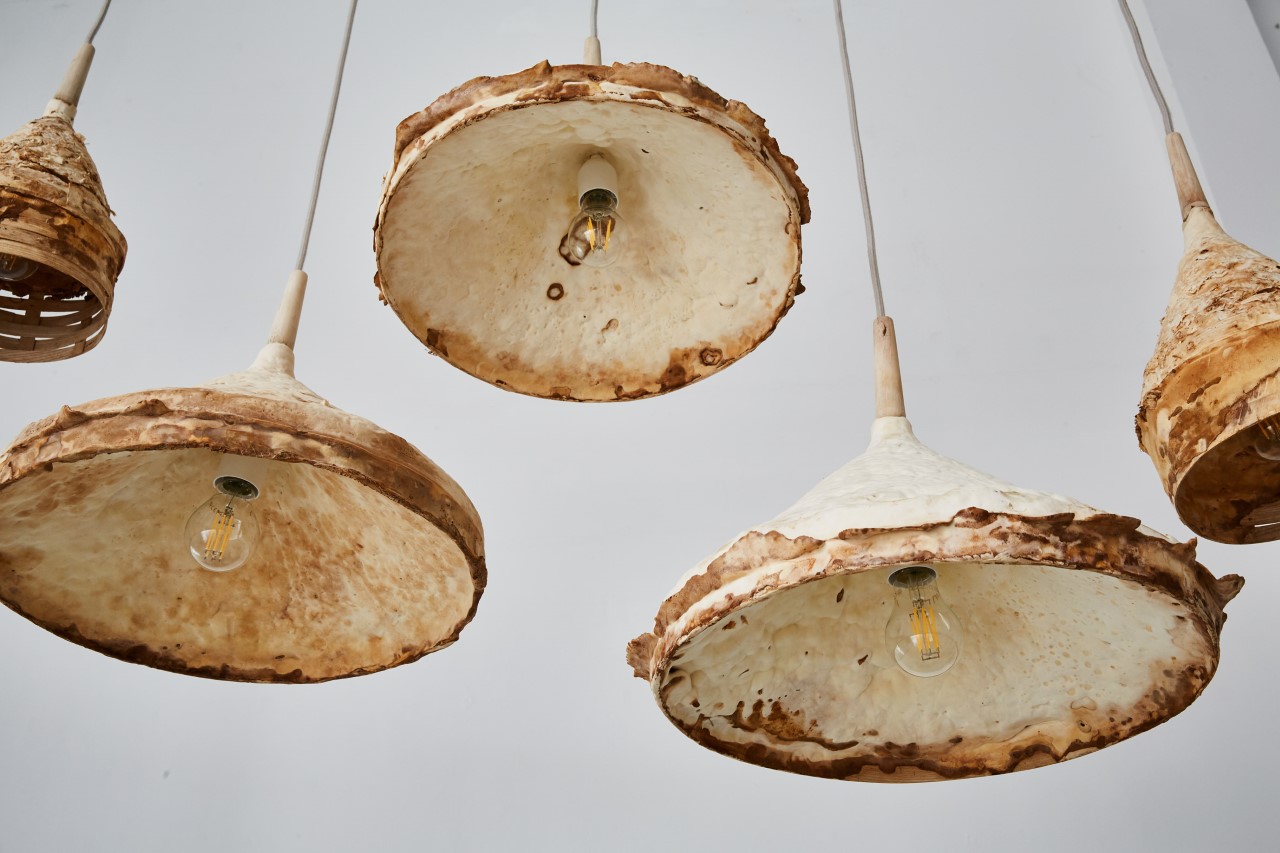
Mushroom has recently gained immense popularity as a sustainable and economical material for building almost everything – from housing structures to even lamps! Or more specifically, the vegetative part of mushroom called ‘Mycelium‘ has. It is the thread-like main body of a fungus–of certain mushroom-producing fungi on agricultural wastes, and it’s vegan as well! Biodegradable and low-cost this delightful material can be used to design and produce a whole range of objects!
Teaming up with researcher Ninela Ivanova, British designer Sebastian Cox’s “Mycelium + Timber” examines the viability of mycelium as a potential material in commercial furniture design. The mycelium fibers are bound to scrap strips of willow wood, which provides the base and fodder for the fungus to grow. The result is the absolute antithesis of mass production. Designed in part by nature, each lamp is unique, has its own aesthetic, and is beautiful in its imperfections.
7. Cardboard-based products
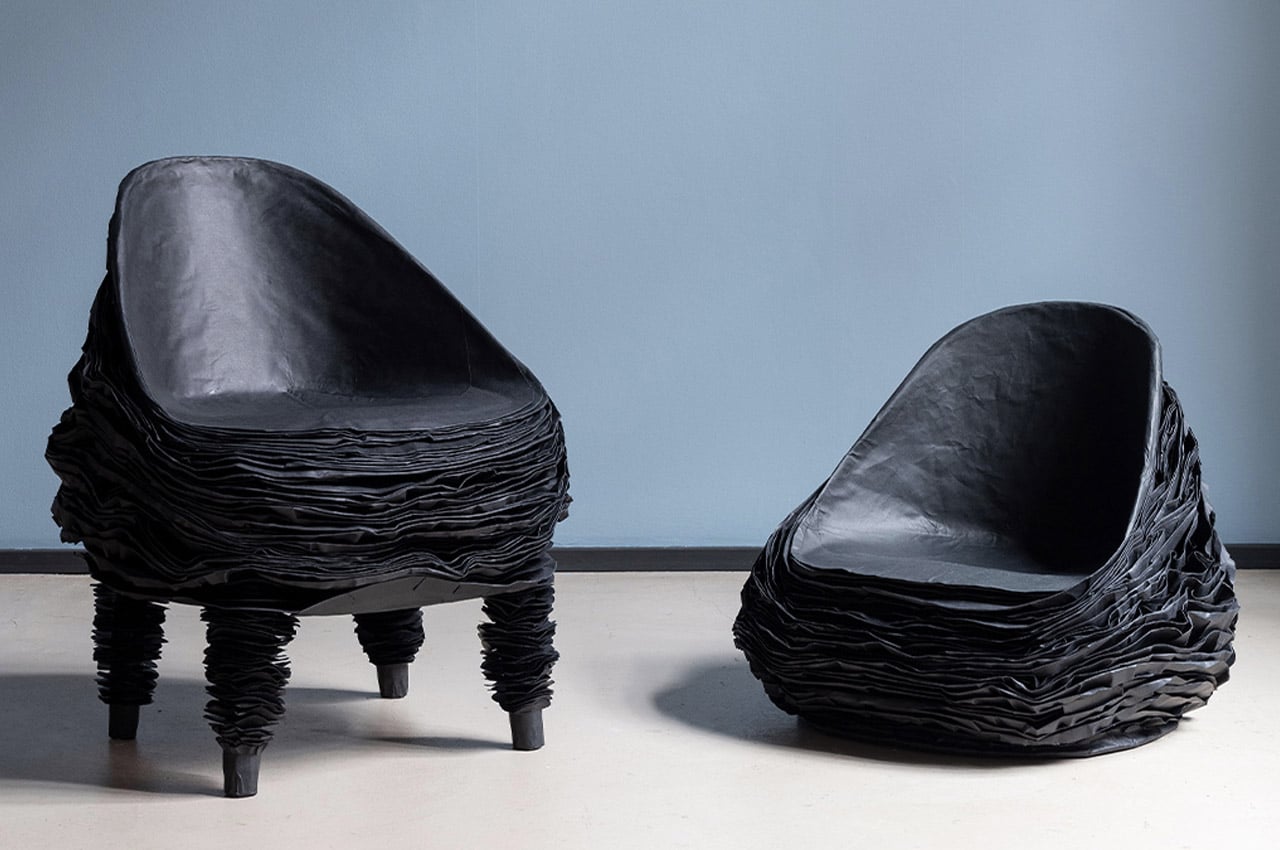
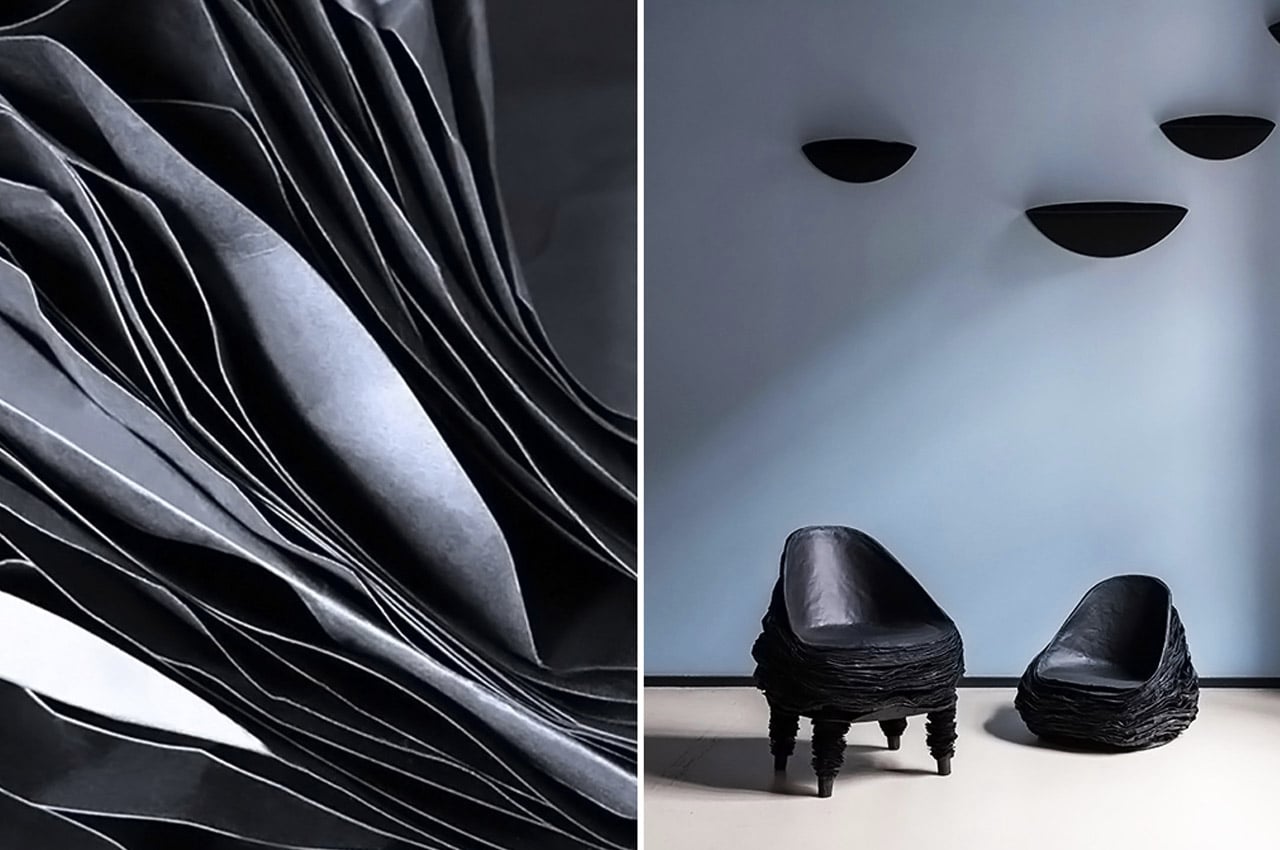
Cardboard is great for building sustainable products, as these designs tend to leave a minimal carbon footprint, and are recyclable and biodegradable as well! Not to mention product designs crafted from cardboard tend to be light, portable, and also easy to assemble. Cardboard is a great and refreshing alternative to the typical traditional materials that are generally used – such as metal or plastic.
Every piece of furniture that Kibardin makes is one of a kind, there is no mold and he shapes them all himself. We are now moving towards a sustainable lifestyle but Kibardin has been doing this for over 25 years – he has successfully recycled 2000 pounds of cardboard which is equivalent to saving 17 trees into sustainable furniture. To put it into perspective, 17 trees absorb 250 pounds of carbon dioxide each year and we need to ramp up the materials we use in design so that they serve a functional purpose while also contributing to slowing down the climate crisis. Using sustainable construction materials like paper and turning it into furniture that is stylish, modern, and eco-conscious is the future of long-lasting interior design.
8. Eco-friendly Food Packaging
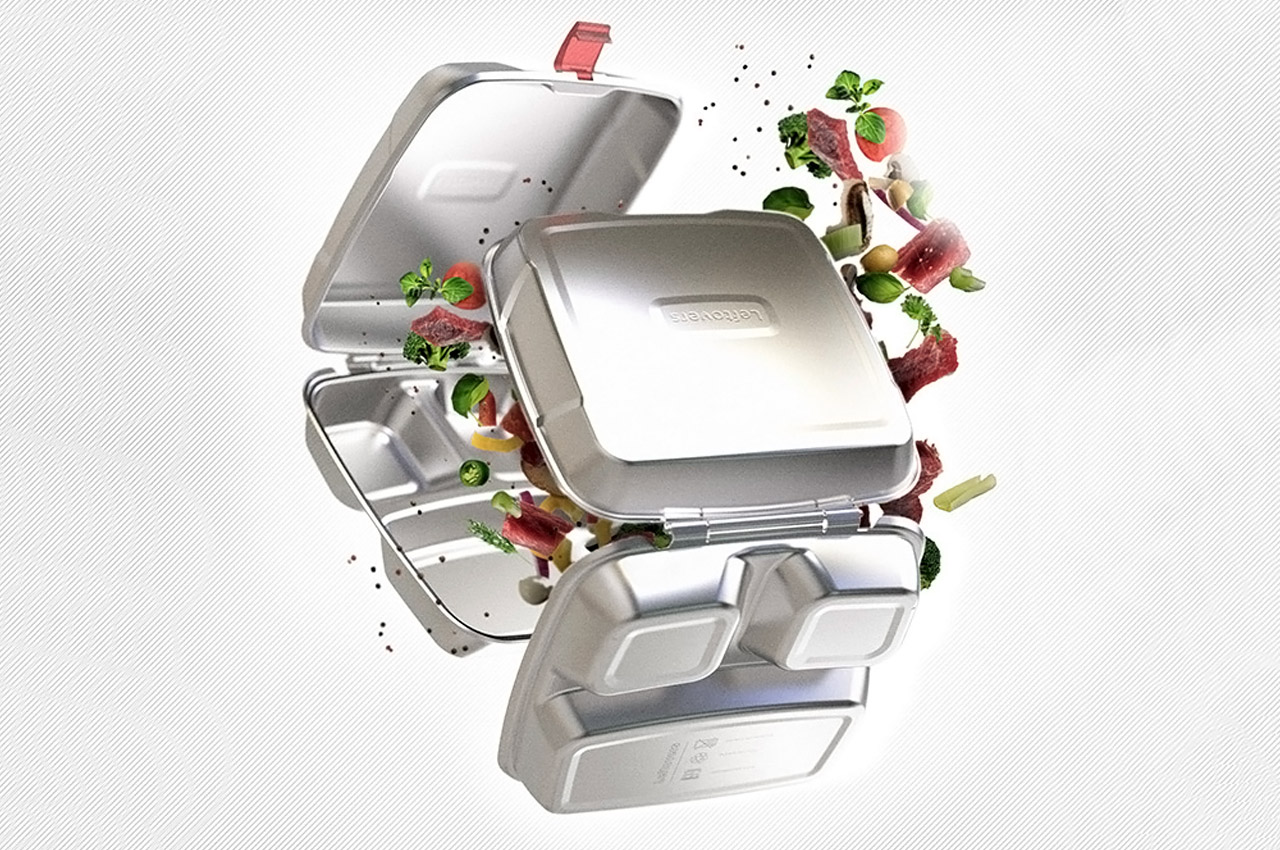
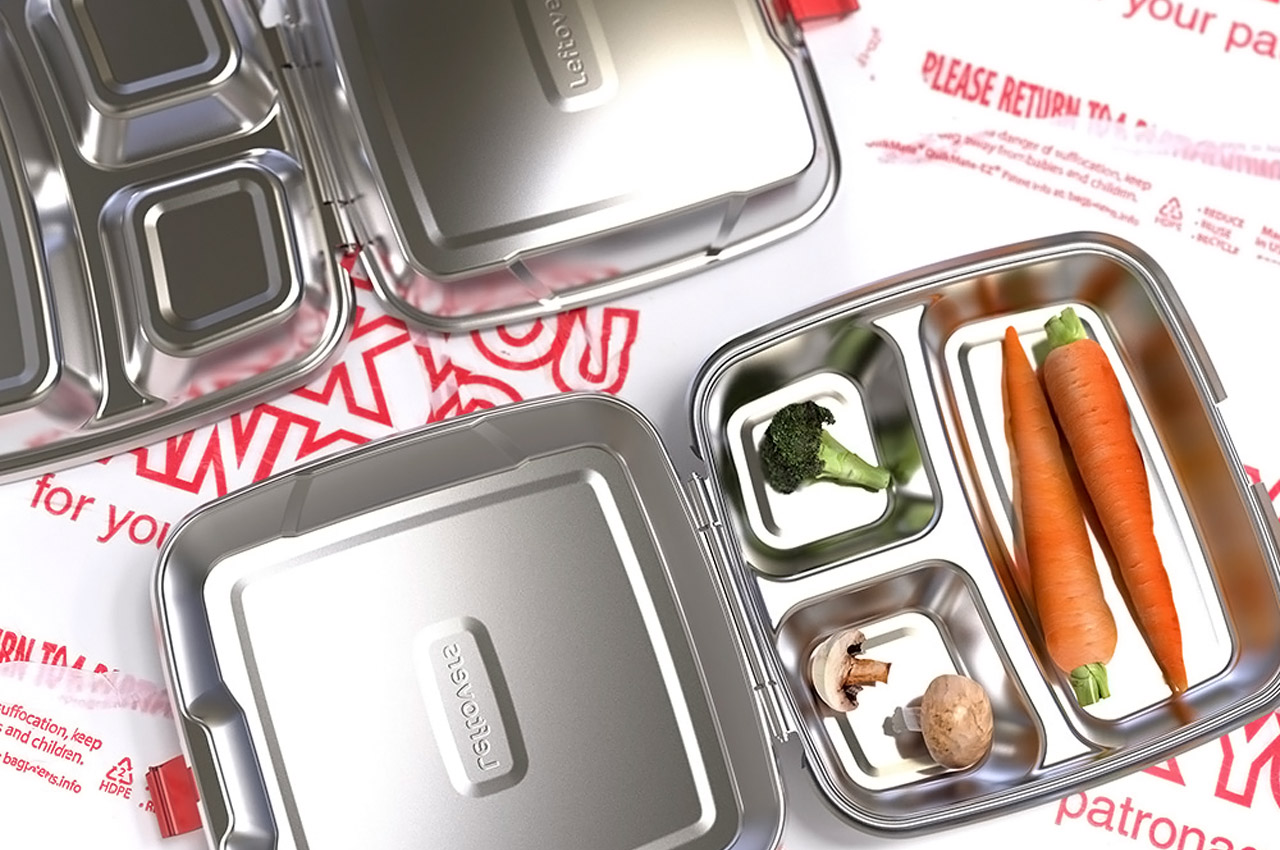
When it comes to food packaging designs, there are certain criteria that have to be met, especially in the case of takeaway boxes. A good takeout box must store the food carefully without anything spilling or leaking over, must keep it warm, and not to mention must be easy and ergonomic enough to carry or transport around. And in this eclectic mix of requirements, if you can manage to throw in an appealing aesthetic and good looks, you have a hit on your hands! Another criterion that is being focused on a lot these days is Sustainability! Sustainable and eco-friendly designs really seal the deal, as ignoring and paying no heed to the needs of the environment is no more an option.
Styrofoam has a 24-hour lifespan but it is formed with materials that can last for 500 years, can you imagine the landfills at the rate we consume this product? “We need to stop and think about the environmental costs of our lifestyle,” says Dungan when talking about the notoriously single-use packaging that has been adopted worldwide. The box itself is so widely recognized that it has transcended continents and languages, so Dungan’s design aims to leverage its easy recall value while delivering a stronger message on sustainable living. The product is rightly called Leftovers and hopes to be a design that disrupts the normalization of polystyrene before it can become a mass-scale direct solution to the problem, the first step is to educate. For convenience and functionality, it is also dishwasher safe and recyclable. The redesigned box has a stainless steel body that enhances its functionality as a reusable food container while also bringing attention to how one small change can reduce the amount in our trash can.
9. Sustainable DIY designs
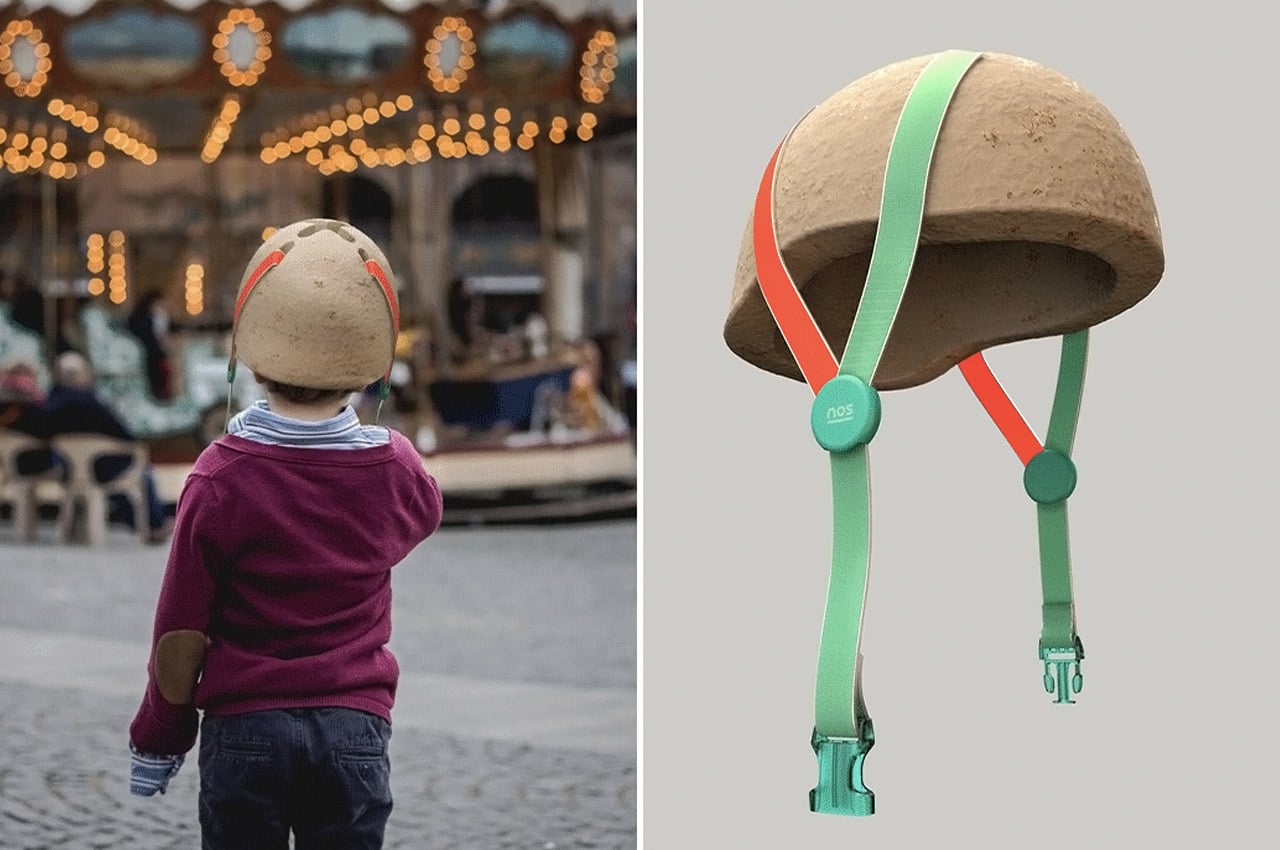
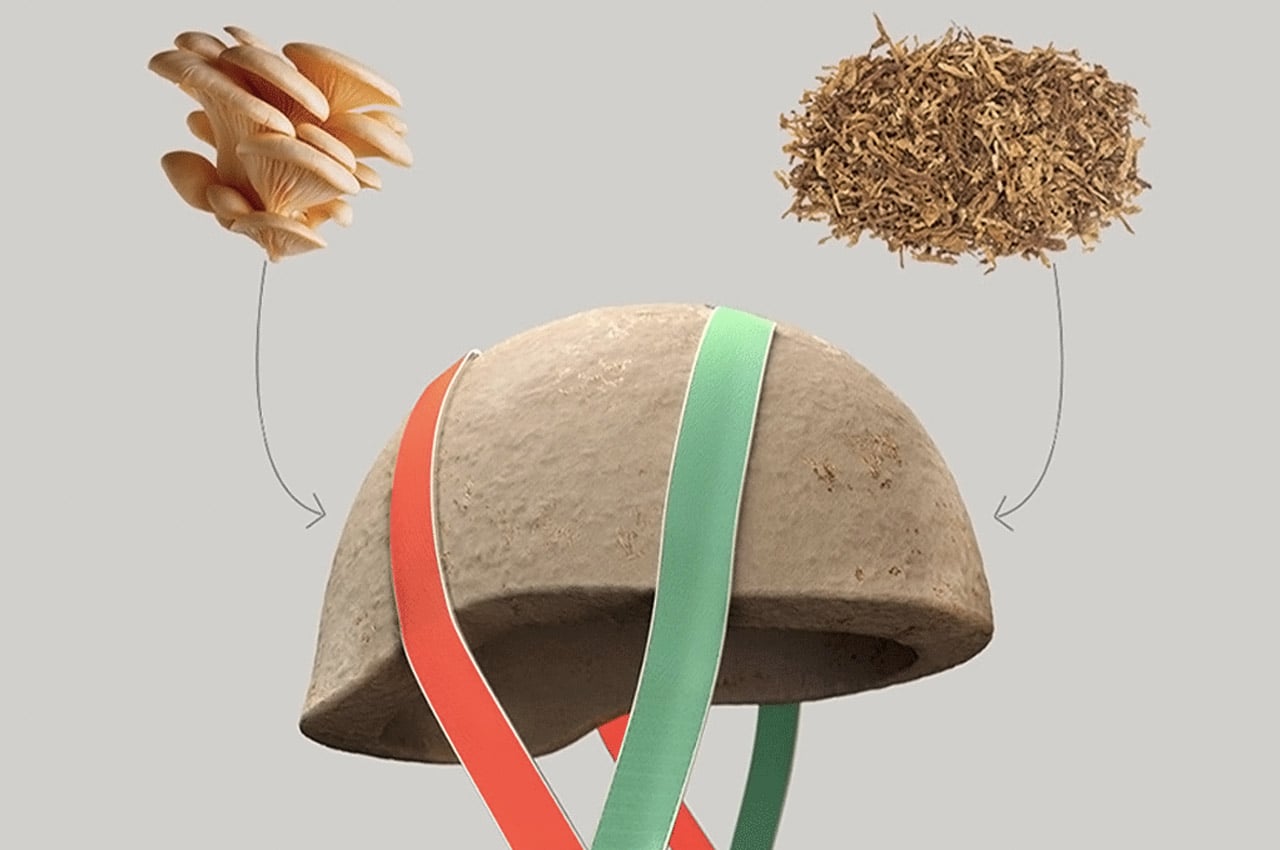
DIY designs have been taking the design world by storm! Especially with COVID-19 restricting us to our homes, building things purely with our hands, putting our sweat and grit into it, and watching a design roar to life in front of our eyes, has become the new pass time for many of us. But these DIY designs are more than just your run-of-the-mill products made using discarded water bottles, and paper! These are innovative, complex, and highly functional product designs that cater to a variety of our needs, but are also really simple to put together. It’s the best of both worlds. Add sustainability to the mix, and you have a product that is self-built + eco-friendly!
This mushroom helmet will grow on you as it grows. Yes, read this slowly and carefully: this mushroom helmet will grow on you as it grows. “What do you mean?!” you say and I assure you that statement is not wrong, there is an explanation for it. The Grow It Yourself Helmet is a sustainable product made from mycelium which is the vegetative part of a fungus. Mycelium is the thready hyphae that are tightly woven into mass branch-like networks making it a strong sustainable material. The network of filaments are natural binders and they also are self-adhesive to the surface they grow on. The entire process is based on biological elements that help in upcycling waste. The process of making this helmet also gets the kids involved in a meaningful activity that teaches them about sustainability and safety.
10. Solar-powered products

It’s 2022 and we need to get as eco-friendly as we can! We can no more continue living the way we always have, ignoring the needs of the environment and being insensitive to Mother Earth. Living a more conscious life also includes taking into consideration our energy sources. Curbing fossil fuel consumption has now become a priority, and we have a more positive energy source in mind as an alternative – the Sun! Solar power is taking the world by storm. Designers and architects are coming up with solar-powered products, homes, hotels, offices, and automobiles! Solar energy can be used to power almost every object we use in our day-to-day lives.
The Generark HomePower 2 is a backup battery for your home that’s cheaper than setting up a generator or shelling $12,000 on a Tesla Powerwall, it’s also classier and less noisy than those gas-powered generators that definitely seem archaic. Recharging the HomePower 2 can happen in multiple ways. The backup battery kit comes with an optional set of solar panels that can be set up anywhere, replenishing your HomePower 2 in hours… or you could just traditionally plug the generator into a socket in your house and juice it up for a rainy day. Once recharged, the HomePower 2 can hold onto all that energy for an entire year, making it much more affordable and easy to maintain in the long run.
The post Top 10 eco-friendly design trends of 2022 first appeared on Yanko Design.
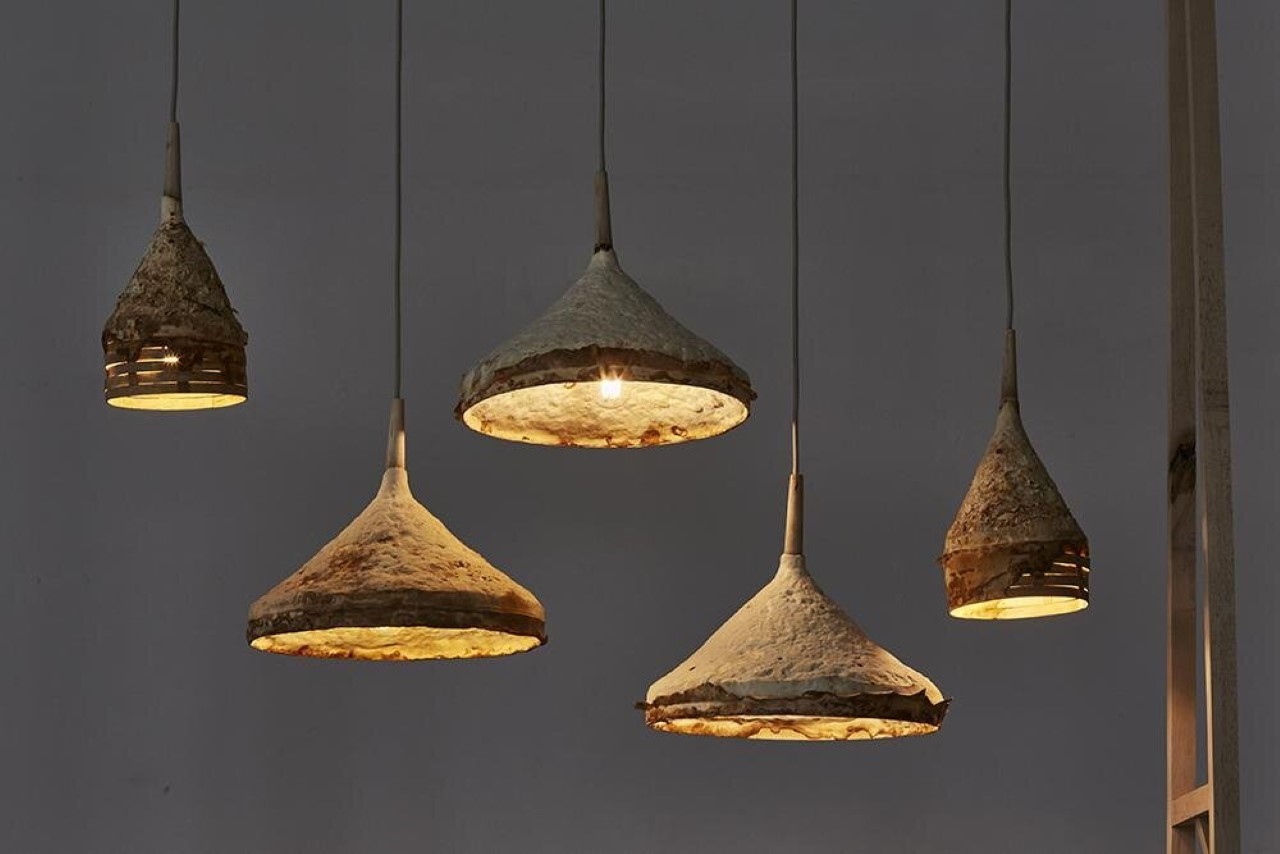

0 Commentaires